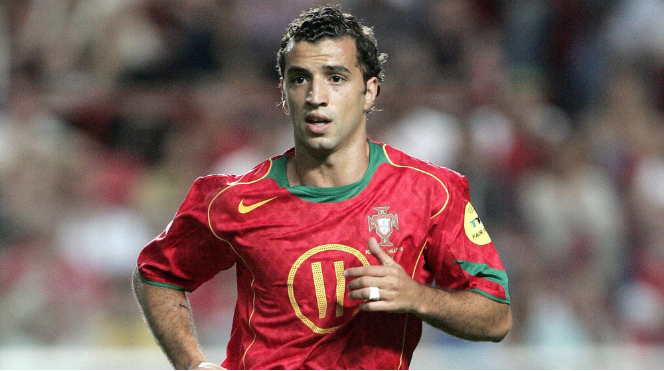Rapid Response: Elite Iraqi force advancing on Mosul
Iraq’s elite Rapid Response Division, which is now at the forefront of the southern advance on Mosul, has emerged as a key assault force in the country’s war against jihadists.
Backed by artillery and trained in a programme influenced by American special forces, the interior ministry unit has played a major role in other battles against the Islamic State (IS) group, including in Fallujah.
Now, Rapid Response is “the first force nominated to storm the city of Mosul from the southern front” and is “advancing the units on this front”, its commander, Major General Thamer Mohammed Ismail, told AFP.
It is the culmination of a major transformation for the force, which was originally made up of “small groups from the provinces” tasked with arresting criminals and fighting terrorism, Ismail said.
Rapid Response is now armed with new Croatian assault rifles, advances in matte green armoured Humvees mounted with machineguns, and is backed by its own artillery and rocket units.
The changes came “when the mission changed in 2014”, after IS rapidly overran swathes of territory north and west of Baghdad, said Ismail.
“The Rapid Response Division needed combat equipment… to implement its assigned duties,” he said.
The size of the unit has also increased significantly over the years, and it now includes thousands of personnel.
To become part of Rapid Response, both officers and enlisted personnel must go through multiple rounds of gruelling training.
There is one round that focuses on physical training, another on weapons and a third that is known as selection — a term borrowed from American special forces training.
It combines the elements from other rounds with “some special combat skills for advancing and clearing houses and clearing cities and streets, and dealing with bombs, and medicine and communications”, among others, Ismail said.
The pass rate was previously 45 percent but was increased due to military necessity, and is now around 60 percent, he said.
Captain Wissam Ammar, who joined Rapid Response in 2008 and is now deployed in Nineveh province as part of the drive on Mosul, recalled a significantly higher rate of failure during training.
“I remember that 800 entered with us in our round, we enter officers and soldiers together. Out of 800… we graduated about 97 people,” said Ammar.
American special forces were involved in the training at the time, he said.
Anyone from Rapid Response “has the right to be proud… of this force, has the right to be proud of himself”, said Ammar.
Asked for an experience that stood out from his time in service, Ammar pointed to several instances of extremely close-quarters fighting against IS.
“You fight in the same house… not the same area, no, you fight in the same house,” Ammar said.
Second Lieutenant Hussein Sultani, an officer in a medical unit, joined Rapid Response a year ago and is now also deployed in Nineveh.
During selection, “the officer and the enlisted man enter together, you take off your rank and enter together. This is the American system,” said Sultani.
Another American influence is a bell placed in the middle of a square that trainees ring to indicate that they give up.
“When you want to quit, you… ring the bell, that’s it, you go out — it means you can’t handle it,” said Sultani.
There is a rivalry between the Rapid Response Division and the Counter-Terrorism Service (CTS), Iraq’s best known special forces unit.
Staff Brigadier General Qusay Kadhim Hamid said that in the 2015 battle to retake Tikrit, another northern city, from IS, CTS was the unit that raised the Iraqi flag.
But in Fallujah earlier this year, the “Rapid Response Division was the one who raised the flag before the special forces, and they were a little sad”.
Hamid recalled an intercepted conversation during the Fallujah battle in which IS said that Rapid Response forces were “like devils, I don’t know… how they’re advancing.”
“It is not that they have no fear — there is no one who is not afraid,” Hamid said of Rapid Response.
But “when they begin advancing, they don’t fall back.”


